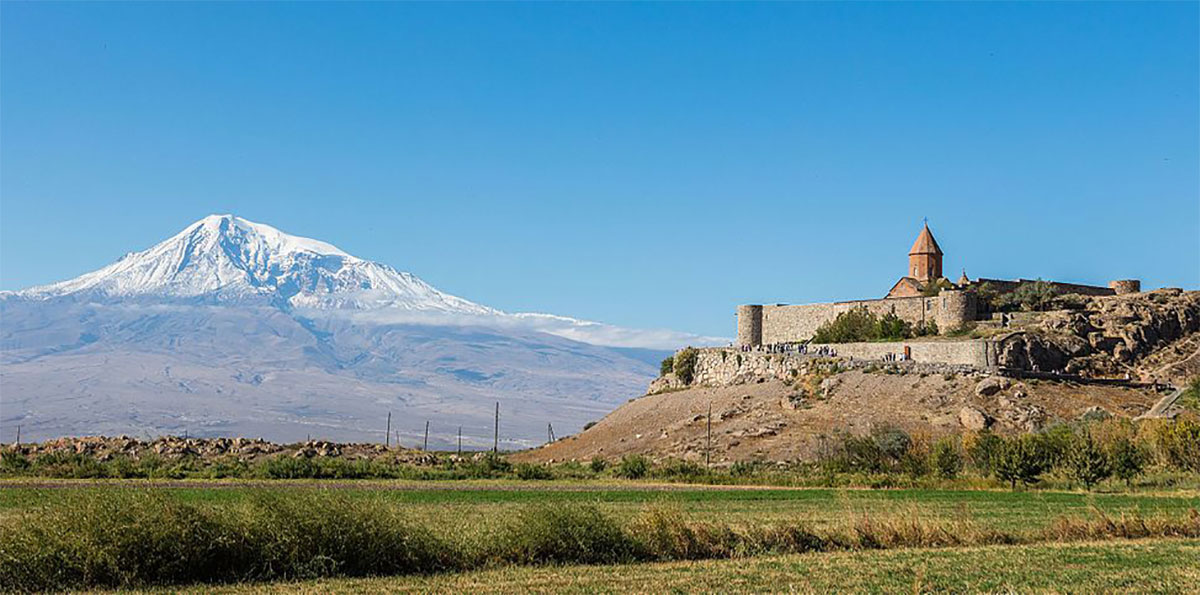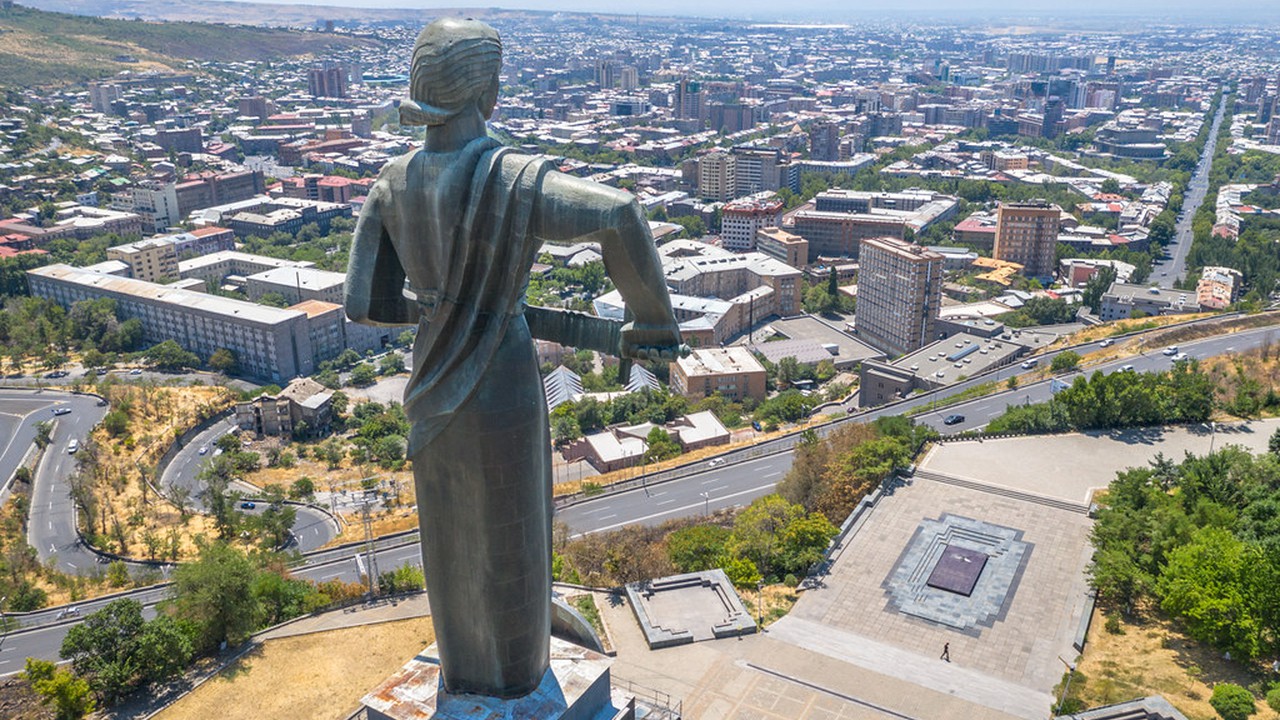'We consider acquiring new satellites' – Armenia’s minister of high-tech industry
ArmSat-1 satellite and Armenia’s space strategy
Armenia’s first satellite was launched into space in 2022, and since then, the government has occasionally spoken of having other, more “ambitious plans.” These include intentions to begin satellite production within the country. The development of this sector falls under the responsibility of the Ministry of High-Tech Industry. In an interview with Armenpress, Minister Mkhitar Hayrapetyan provided clarifications on this and other areas of the ministry’s work. He also discussed the arrival of Starlink satellite internet in Armenia and the technological development of the defence sector.
“In recent years, the state defence industry order in Armenia has exceeded 170 billion drams,” he said.
Mkhitar Hayrapetyan stressed that the key driver of the industry’s development is the presence of government contracts. Thanks to state investments, dozens of companies have been able to acquire the equipment necessary for production processes. According to the minister, significant work has already been done, and the results will soon be visible to society as a whole.
- Armenia plans to begin production of satellites
- “Mass production of weapons established”: Armenia’s defense industry in focus
- ‘Armenia faces choice: lead or follow others’ – IT specialist
“One satellite can’t solve all problems”
The minister spoke about how the decision was made to launch Armenia’s first and so far only satellite, ArmSat-1. According to him, it was an attempt to “find our place in space.” However, the country lacked the necessary infrastructure, expertise, capabilities, and established traditions:
“There was only the government’s desire to move in this direction and to position the country correctly. And the Armenian government decided to begin the transfer of knowledge and technology by acquiring a satellite.”
Hayrapetyan said that ArmSat-1 should not be considered the most advanced satellite in the world or one with unique technological innovations:
“It should be evaluated appropriately. ArmSat-1 primarily enabled Armenia to gain knowledge in managing space satellites, and in the proper use and handling of satellite imagery. And in 2024, its operations were fully transferred to Armenian specialists.”
According to the minister, the agreement included not only the acquisition of the satellite but also the professional training of local experts. Therefore, he suggests viewing the purchase of ArmSat-1 as a first step in this field.
On 26 May 2022, Prime Minister Nikol Pashinyan announced that Armenia’s first satellite had been launched into space, marking the country’s entry into the “era of space activity.” He said that satellite imagery would be used for monitoring border security, preventing emergencies, governance, environmental protection including climate change monitoring, as well as for urban planning, road construction, geology, and other fields.
The satellite launch became possible through cooperation between the Armenian state-owned CJSC Geocosmos and the company Satlantis.
Satlantis was founded in the United States in 2013 and relocated its headquarters to Spain a year later.
Mkhitar Hayrapetyan stressed that it was unrealistic to expect one satellite to solve all of Armenia’s problems—but overall, he considers the programme a success:
“We set ourselves a very specific goal, which we are now actively working to achieve. At present, we’re close to completing a strategic document on the development of the space sector. It includes the Ministry of High-Tech Industry’s proposal to the government to acquire not only earth observation satellites, but also communication satellites and more.”
“Starlink helps Armenia overcome dependency in communications sector”
Speaking about the launch of the global satellite communication system Starlink in Armenia, Hayrapetyan emphasised:
“Satellite internet plays a vital role in communications. Starlink makes it possible to have satellite internet access alongside fibre-optic channels, which enhances Armenia’s independence in the field of connectivity.”
According to Mkhitar Hayrapetyan, the arrival of Starlink is evidence that innovations have entered the Armenian market, offering solutions for:
- remote mountainous areas where access to fibre-optic infrastructure is limited,
- and satellite internet access as a strong alternative for tech hubs, clusters, large companies, and factories.
“In a sense, it complements the services provided by traditional communication channels and makes our country more self-reliant when it comes to connectivity,” Hayrapetyan noted.
“Modern technologies are the engine of economy”
In 2025, Armenia’s Ministry of High-Tech Industry received 47.5 billion drams from the state budget (over $122 million), compared to 21 billion drams ($54 million) in 2024. This means the ministry’s funding more than doubled this year.
The minister said that his department had actively worked to secure these funds, successfully convincing members of the government that technological progress is a key component of economic development.
“In the 21st century, modern technologies are the driving force behind economic breakthroughs. No sector can make a leap forward without them. And without concentrating major resources, there can be no overall economic progress—especially in high-performance, growth-generating areas,” he said.
Hayrapetyan compared Armenia’s economy to a newly launched startup, where investment is critical to success:
“Without investment, we can’t speak about the establishment or long-term success of a startup or its transformation into a major company. The same applies to economic development. There’s no actor more interested in Armenia’s progress than its tax-paying citizens. So, the main investors in Armenia’s economy are its citizens who pay taxes.”





















